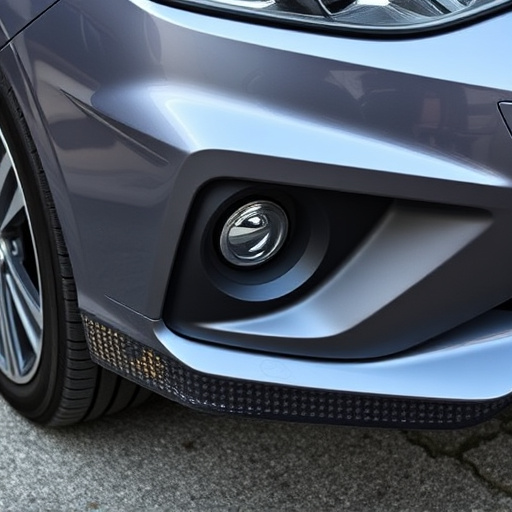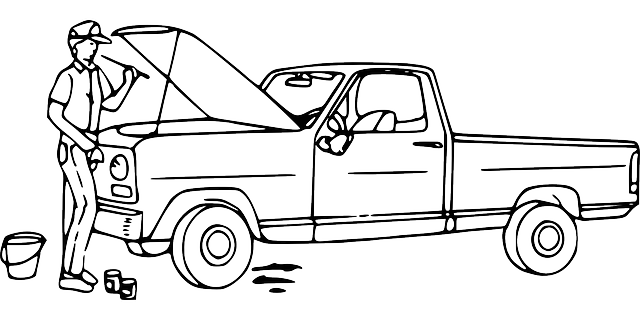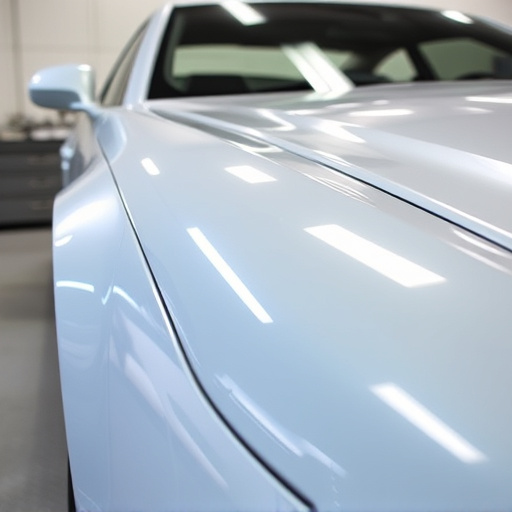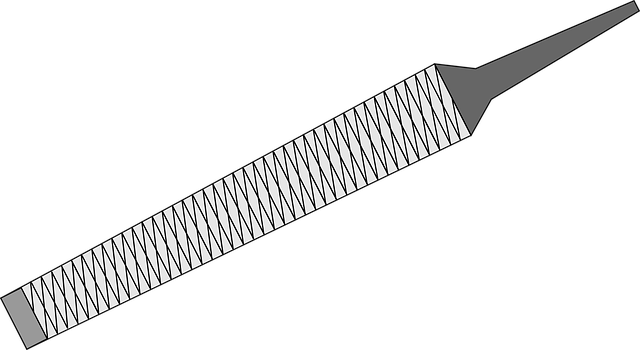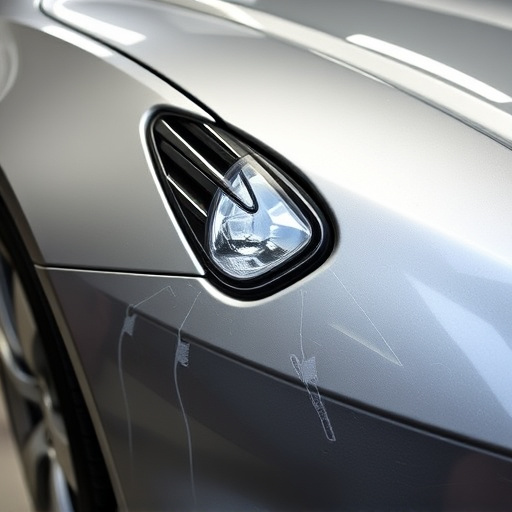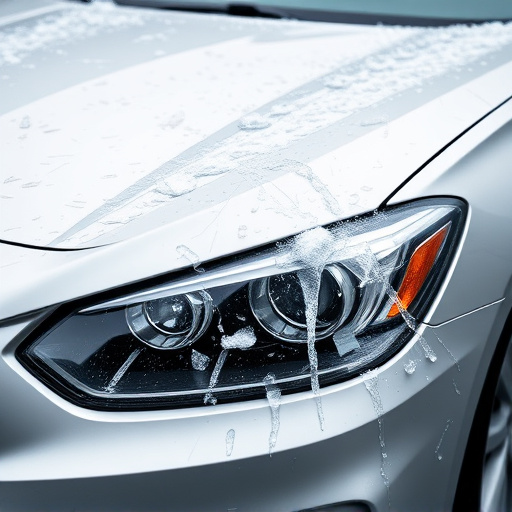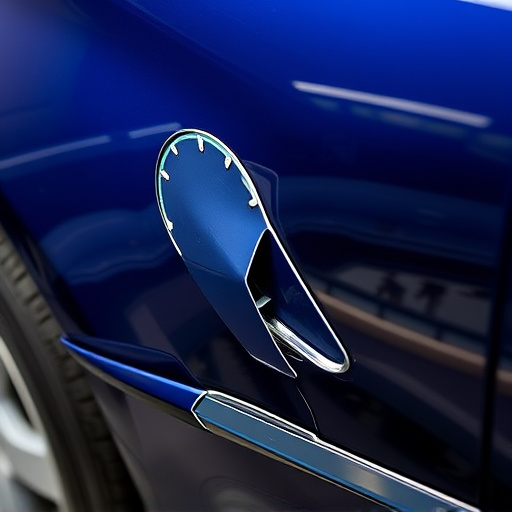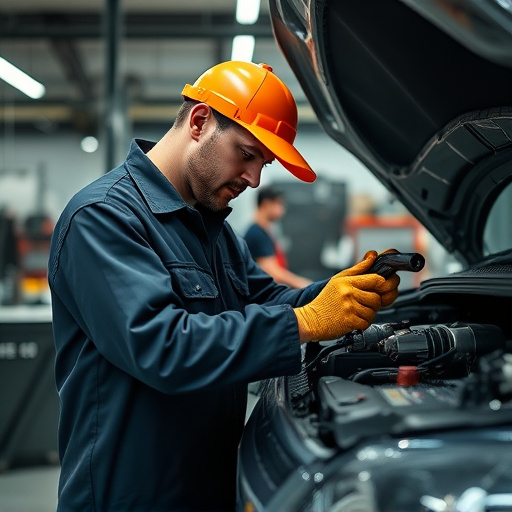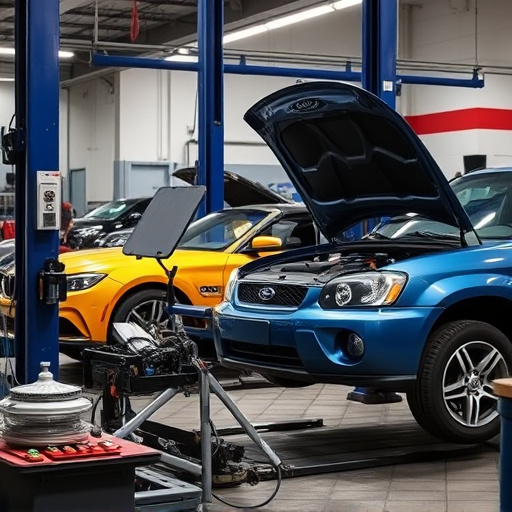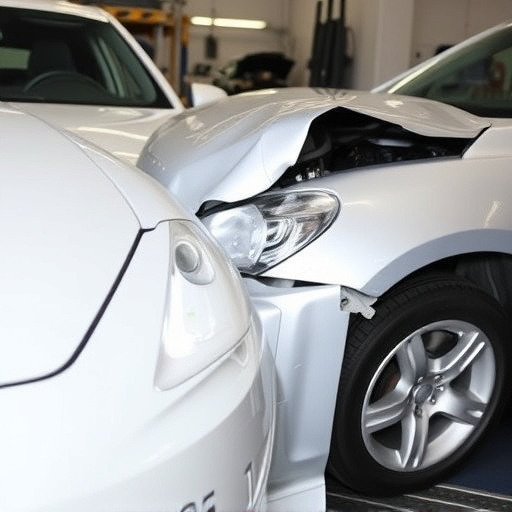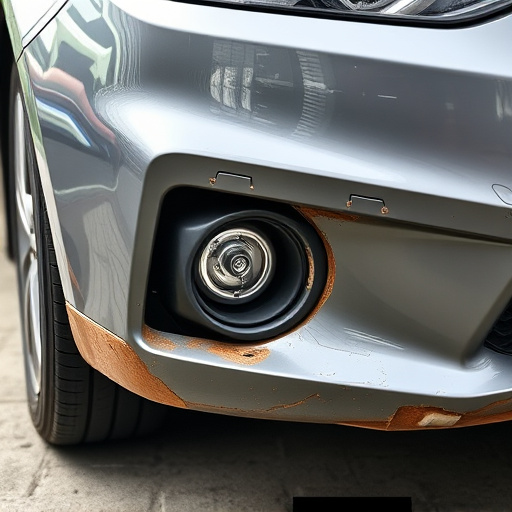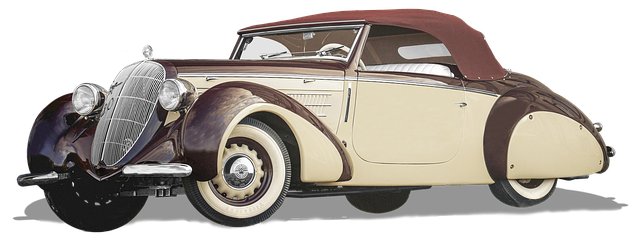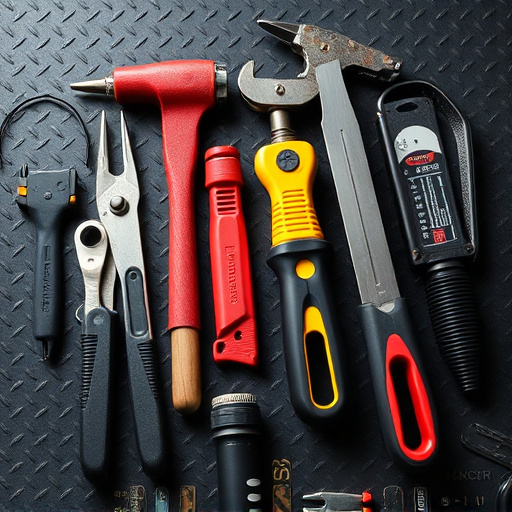Tesla prioritizes vehicle safety and durability by approving specific adhesives that meet rigorous criteria. These Tesla-approved adhesives are essential for structural integrity, withstanding various stresses, and ensuring long-term reliability in all weather conditions. Used in manufacturing and repairs, they enhance crash performance and prevent premature wear, contributing to the overall safety and longevity of Tesla models.
“Uncover the secret behind Tesla’s sleek and durable designs with a focus on their signature vehicles—the Model S, 3, X, and Y. This article explores the critical role of Tesla-approved adhesives, delving into how these innovative materials meet stringent standards while ensuring optimal safety and performance. Discover the types of adhesives used, their unique specifications, and why they are essential to Tesla’s reputation for quality and innovation.”
- Understanding Tesla's Adhesion Standards and Specifications
- Types of Adhesives Used in Tesla Models S, 3, X, and Y
- Ensuring Safety and Performance with Tesla-Approved Adhesives
Understanding Tesla's Adhesion Standards and Specifications
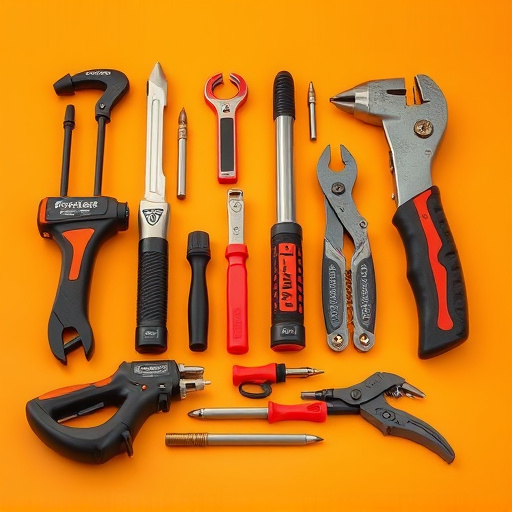
Tesla, known for its cutting-edge technology and innovation, sets stringent standards when it comes to adhesives used in its vehicles. For models S, 3, X, and Y, Tesla approves specific adhesives that meet rigorous criteria ensuring structural integrity, durability, and safety during vehicle manufacturing and maintenance. These standards are crucial for several reasons, particularly in the context of automotive body work and vehicle collision repair.
Adhesives play a vital role in holding components together, from the car’s exterior panels to its internal structures. By approving only Tesla-specific adhesives, the company guarantees that these bonds can withstand the unique stresses and forces encountered during driving, including impacts from car collisions or other types of automotive body work. This ensures that the vehicle maintains its structural integrity, safety features, and overall performance over time.
Types of Adhesives Used in Tesla Models S, 3, X, and Y
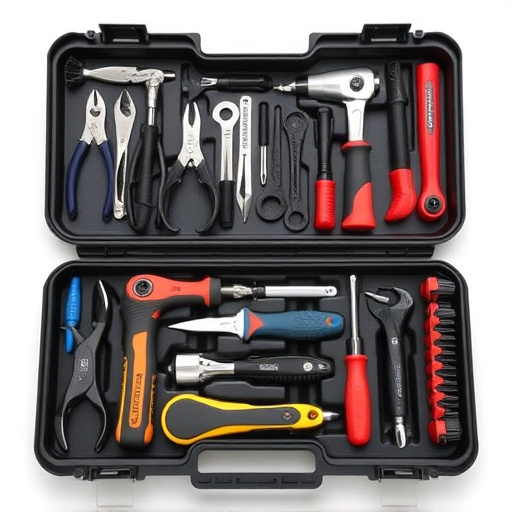
Tesla vehicles, renowned for their cutting-edge technology and sleek design, demand the highest quality components during manufacturing—and this extends to adhesives used in their construction. Tesla-approved adhesives play a critical role in ensuring the structural integrity of models S, 3, X, and Y. These specialized bonding agents are meticulously selected to meet stringent performance criteria, with considerations for both environmental impact and long-term durability.
The types of Tesla-approved adhesives range from high-strength epoxy resins to advanced acrylics, each tailored to specific applications. For instance, in areas requiring exceptional structural strength, such as the vehicle’s chassis and frame, strong epoxies are favored. Conversely, for more aesthetic components like trim pieces and interior panels, versatile acrylic-based adhesives offer superior adhesion while maintaining a clear, seamless finish—crucial for preserving the vehicle’s modern and polished look, even during routine car repair services or minor bumper repair tasks. Moreover, these adhesives must withstand varying weather conditions, from extreme heat to cold, ensuring their reliability over the long term, which is particularly important when considering car paint repair procedures.
Ensuring Safety and Performance with Tesla-Approved Adhesives
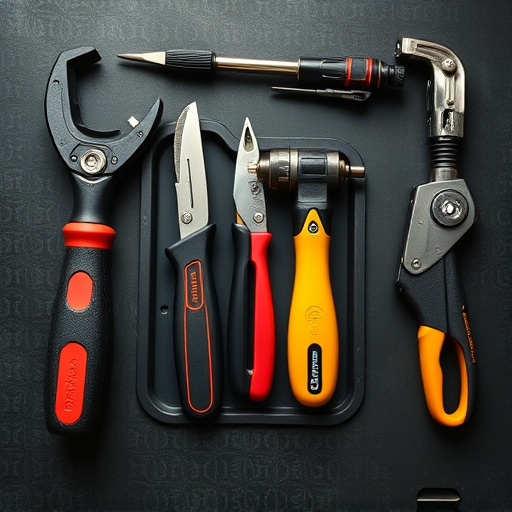
In the automotive industry, safety and performance are paramount, especially for a cutting-edge electric vehicle like Tesla’s Model S, 3, X, and Y. One crucial aspect often overlooked but significantly contributing to overall vehicle integrity is the use of approved adhesives in various components’ assembly. Tesla, known for its innovative technology, strictly regulates which adhesives can be used in its vehicles to ensure superior safety standards during accidents or harsh driving conditions. These Tesla-approved adhesives play a vital role in maintaining structural integrity, enhancing crash performance, and preventing premature wear and tear.
When it comes to collision repair centers or tire services performing collision damage repair on Tesla models, using the right adhesives is essential. Unapproved adhesives might compromise the vehicle’s ability to withstand impact energy, potentially leading to more severe damage during a collision. Therefore, adhering to Tesla’s specifications ensures that any repairs are up to par with the manufacturer’s high-performance standards, ultimately contributing to the longevity and safety of these electric vehicles on the road.
Tesla’s commitment to quality and safety extends to every component of their vehicles, including adhesives. By utilizing Tesla-approved adhesives in models S, 3, X, and Y, the company ensures superior performance, durability, and structural integrity. These advanced adhesives meet stringent standards, guaranteeing not only the vehicle’s longevity but also passenger safety. When it comes to maintaining your Tesla, using authorized adhesives is crucial for preserving its original quality and ensuring a seamless driving experience.
